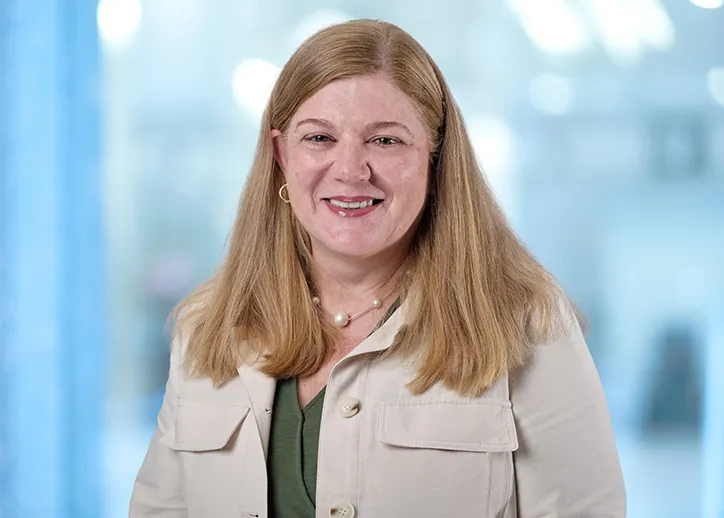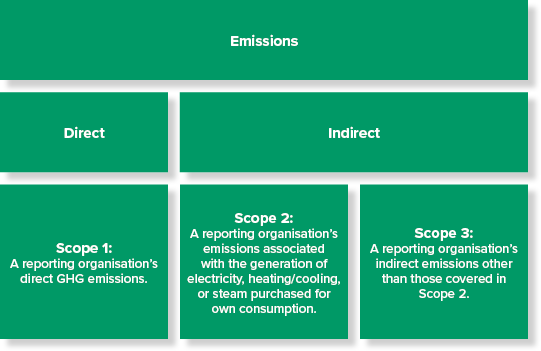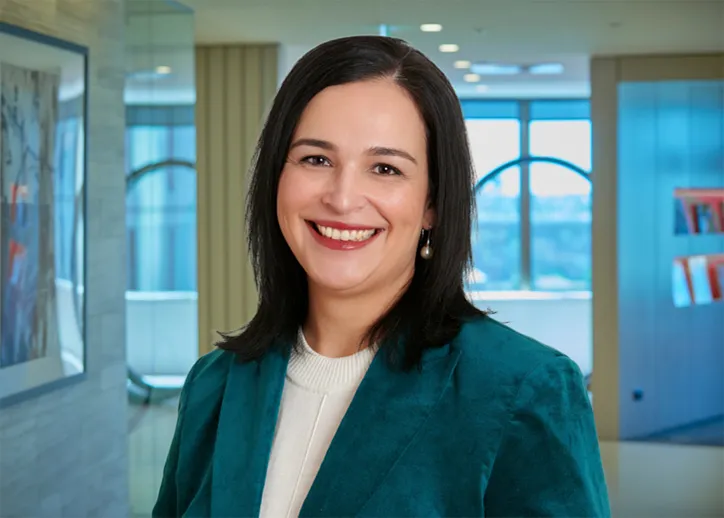
Aletta Boshoff
National Leader, Sustainability Reporting
Partner, Advisory
2050 is an important year in our future. Governments, businesses and communities are focused on limiting global temperature increases to 1.5 degrees or less to reach net zero greenhouse gas (GHG) emissions by 2050, in line with science-based targets.
In September 2022, the Australian Government passed its landmark Climate Change Bill 2022. Australia's emissions reduction target of 43 per cent by 2030 and net zero emissions by 2050 are set in law. But the Government can't reach this target alone. It will rely on businesses and the broader community to take steps to significantly reduce carbon emissions to achieve this goal.
The first step to reducing your organisation's carbon emissions is to understand what it's producing. Once your organisation has measured its baseline carbon footprint, it can reduce emissions.
Whether your organisation is mandated to calculate and report its emissions, your supply chain requires it, or you're proactively measuring your carbon footprint voluntarily, our carbon accounting experts can help you with:
Carbon accounting is the process of measuring in 'carbon dioxide equivalent' the amount of GHG emissions an organisation produces throughout their entire operations and supply chain.
In Australia, the National Greenhouse and Energy Reporting Act 2007 (NGER Act 2007) provides the national framework for organisational reporting of greenhouse gas emissions – including projects, energy consumption and production.
Globally, the GHG Protocol is a highly respected and widely accepted framework for the standardised measurement of an organisation's carbon emissions. It is considered framework agnostic - designed to provide consistency and transparency – allowing it to be used alongside whichever sustainability reporting framework you choose.

Measuring your organisation’s carbon footprint is essential in developing its sustainability roadmap.
Due to the popularity of our previous sessions, BDO is excited to announce the return of our successful carbon accounting masterclasses. Our one-day masterclass combines theoretical knowledge with case studies and real-world examples, providing an understanding of carbon accounting and the practical knowledge to get started.
The GHG Protocol articulates the different scopes to be:

Figure 1 – Understanding Scope 1, 2 and 3 emissions
We apply a six-step process to calculating an organisation's carbon footprint. By first defining the operational and organisational boundaries that apply, you can clarify the scope of the calculation based on the direct and indirect emissions.
With that established, you can start to understand the sources of Scope 1, Scope 2 and Scope 3 emissions relevant to your organisation before setting the calculation approach and determining the relevant emissions factors. Once you have collated all the data, you can apply the calculation manually or through specialised software.
With your emissions calculated, it's ready to be rolled up with other data from a corporate level and included in your sustainability report.
| Step 1 - Determine boundaries |
| Step 2 - Identify sources of emissions |
| Step 3 - Select calculation approach |
| Step 4 - Collect data and choose emissions factors |
| Step 5 - Apply calculation tools |
| Step 6 - Roll-up data to corporate level |
Figure 2 – Our six-step process for identifying and calculating a carbon footprint

Sustainability, or ESG, can appear to be a complex web of interrelated concepts and issues. In this webinar series, we aim to break that down into digestible pieces, so you can get on top of the fundamentals and start driving change in your organisation, at any stage of your ESG journey.
Contact us
Contact our team to discuss your needs using the request for service form.
Alternatively, call 1300 138 991 to speak with an adviser in your nearest BDO office.

Aletta Boshoff

Dylan Byrne

Kevin Frohbus

Elna How